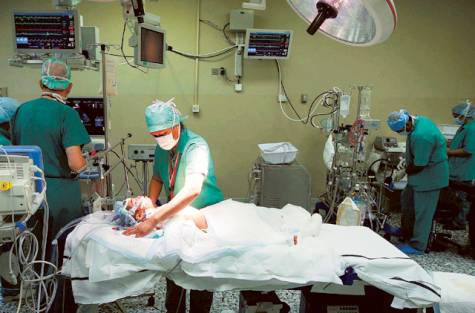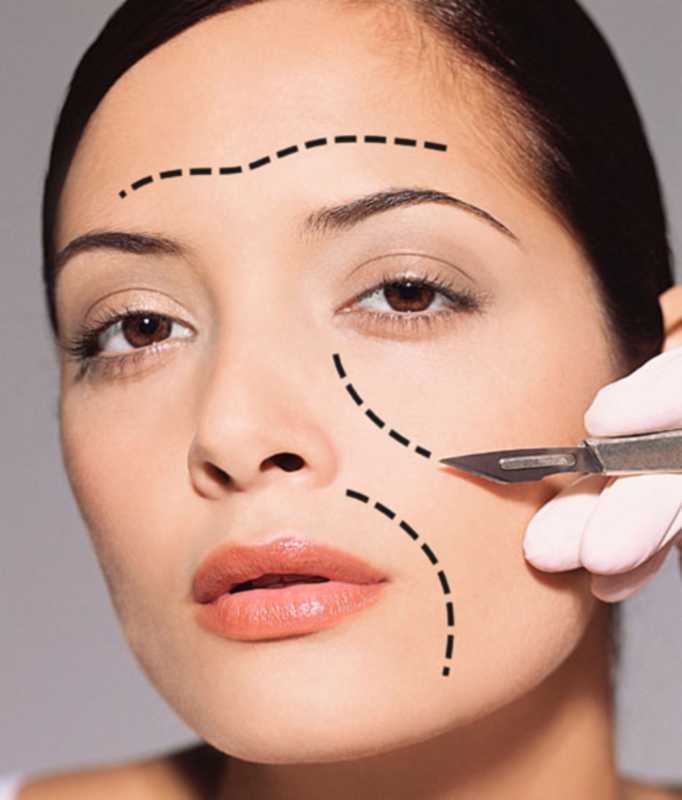Russia, South Asia, GCC states targeted with special packages to be introduced for patients

Image Credit: Francois Nel/Gulf News Archives /
Heart operation at the Dubai Hospital. This operation is a first in the UAE.
Dubai:
Dubai plans to attract thousands of medical tourists from Russia, CIS (Commonwealth of Independent States) countries, South Asia and GCC states and has earmarked seven specialities that will bring patients for treatment to the emirate.
The Dubai Health Authority (DHA) yesterday rolled out the initiative that will bring in Dh1.2 billion in revenue from patients and their families and make Dubai one of the top medical tourism destinations around the world.
By the end of this year, special packages will be rolled out for patients that will include the cost of treatment, the visa cost, air ticket, and leisure activities for patients’ families. The DHA is working with the Department of Tourism and Commerce Marketing to “lock in” the prices and with the General Directorate of Residency and Foreigners Affairs to make the visa process easier for those coming here for treatment.
“Dubai already has several elements that make it a favourable destination for medical tourism. Developing a strategy helps ensure the complete process from the time a patient visits Dubai for medical tourism right through the discharge and follow-up stage is smooth, “said Eisa Al Maidour, Director-General of DHA, announcing the plan to the media.
Dubai already attracts medical tourists from diverse countries such as Nigeria, the US, Pakistan and India for treatment for fertility to heart operations.
“We are relying on Dubai’s strengths by building a health system that supports excellence in health care with a focus on health-care professionals, health investment and excellence in services across a diversified range of medical specialities,” Al Maidour said.
The specialities range from plastic surgery and dental care to preventive health checks and wellness.
The DHA will launch a special portal for medical tourism and launch medical tourism packages that will be promoted in a target market, said Dr Ramadan Ebrahim, director of health regulation at the DHA and director of the Medical Tourism Project.
He said the hospitals are internationally accredited and the emirate has more than 25,800 health professionals in the private sector who speak more than 40 languages. “All these factors will help drive the medical tourism initiative,” he said.
He added that 107,000 medical tourists visited Dubai in 2012 and the revenues generated totalled Dh652.7 million. He said in four years’ time, by 2016, there will be a 15 per cent jump, bringing the total number of tourists to 170,000 and revenues to Dh1.2 billion. By 2020 Dubai will attract 500,000 tourists, shooting up the revenues to Dh2,6 billion.
source: http://www.gulfnews.com / GulfNews.com / Home> UAE> Health / by Mahmood Saberi, Senior Reporter / March 24th, 2014




